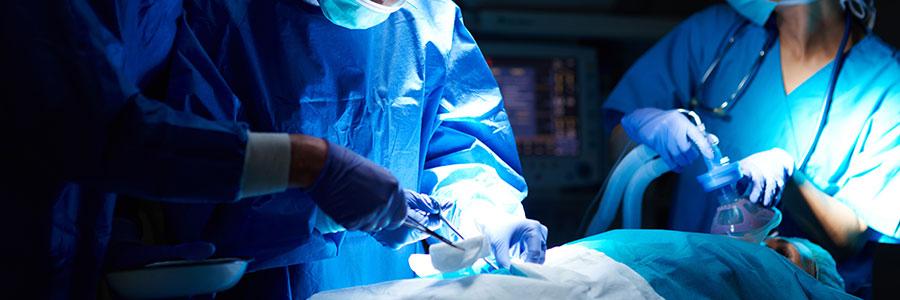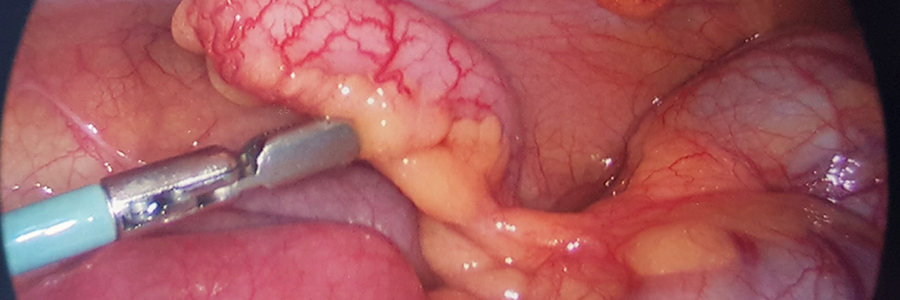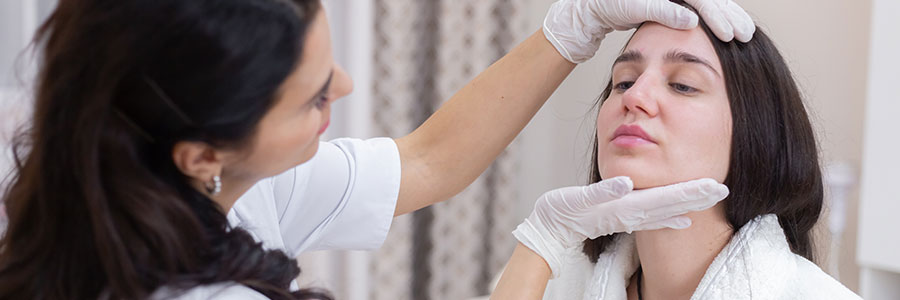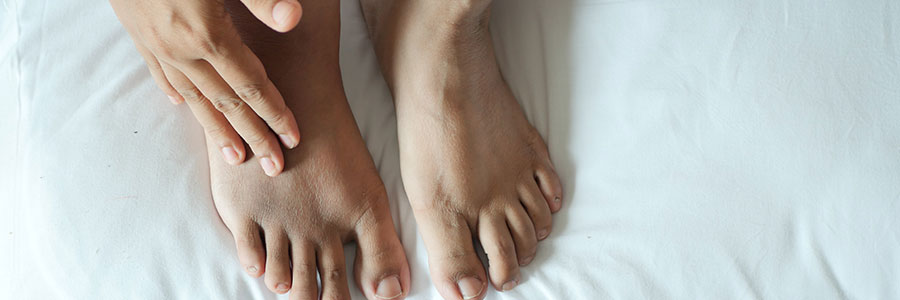General surgeries use surgical procedures to get rid of the disease, repair injuries, and promote health and healing. They also perform diagnostic tests and supply guidance on the necessity for surgery. These doctors could be called on to perform surgery on almost any part of the body.

Committed to excellence in critical healthcare
The services employing cutting-edge surgical care and concentrate on Laparoscopic surgeries which helps in providing patients with a spread of treatments altogether branches. the overall surgery team has its expertise in providing complete patient safety and satisfaction by using all the newest diagnosing and surgical techniques.

The gallbladder may be a small organ located on the underside of the liver. Its primary purpose is bile storage. Gallbladder removal may be a surgery to get rid of the gallbladder via one, large open incision within the abdomen. It’s also called an open cholecystectomy. The procedure is performed to supply permanent relief to an individual with gallstones and other problems related to the gallbladder.

The appendix may be a small, tube-shaped pouch attached to your intestine. It’s placed on the low right side of your abdomen. An appendectomy is the surgical removal of the appendix. It’s a standard emergency surgery that’s performed to treat appendicitis, an inflammatory condition of the appendix.

Breast lump removal is the surgical removal of a cancerous lump inside the breast. It’s also referred to as a lumpectomy. A biopsy can show a lump within the breast is cancerous. The goal of the procedure is to get rid of the lump and a few healthy tissues around the tumour. The removal of tissue and therefore the lump will help make sure that all cancer cells are gone.

A hernia occurs when a part of an indoor organ or part protrudes into a neighbourhood where it shouldn't. the foremost common hernias occur within the abdominal area. A little portion of the intestine, or a bit of fat, pokes through a weak area within the muscular wall of the abdomen. This creates an abnormal growth beneath the skin of the abdomen, normally near the groin or navel. A hernia is typically treated with surgery. There are three main sorts of hernia surgery; open hernia repair and laparoscopic hernia repair.

A hydrocele may be a sac of fluid that forms around a testicle. It occurs when fluid builds up within the layer of tissue that covers the testicle. it's going to be caused by an infection or by injury to the testicle. But the cause is usually not known. an outsized hydrocele can cause pain or swell within the scrotum. Hydrocelectomy is surgery to get rid of the hydrocele.
Rectal prolapse surgery may be a procedure to repair rectal prolapse, which occurs when the last part of the massive intestine (the rectum) stretches and protrudes from the anus. Surgery puts the rectum back in situ. In some cases, like an extended history of constipation, the portion of the colon is removed by surgery.

Burns are one of the foremost common household injuries, especially among children. The term “burn” means quite the burning sensation related to this injury. Burns are marked by rigid skin injury that makes the superficial skin cells to fall. Non-viable tissue is removed by initial aggressive surgical debridement.

Skin grafting may be a surgery that involves removing skin from one area of the body and moving it, or transplanting it, to a special area of the body. This surgery could also be done if a neighbourhood of your body has lost its protective covering of skin thanks to burns, injury, or illness.
Bowel obstruction surgery is an interventional procedure that involves both: Removal of any material that's blocking the intestines (such as faeces, cancer, a polyp, an infectious abscess, or a twist within the bowel) and repair of regions of the intestine which will are damaged thanks to the obstruction.

Surgery for diabetic foot attack may be a complex stage procedure. Driving and advanced surgical debridement comprising of detecting all infected tissue planes and replacement of infected and necrotic bone and soft tissues should be implemented shortly after the examination.
Varicose vein removal may be a surgery that removes varicose veins from the legs or thighs. Varicose veins are the puffy and twisted veins that you simply can see under the skin. they typically have a red or bluish-purple colour. Varicose veins most frequently appear within the legs, but they'll also develop in other parts of the body.
Wound healing is the process that the skin goes through because it repairs damage from wounds. Wound healing may be a complex and dynamic process of replacing devitalized and missing cellular structures and tissue layers. Some wounds, especially deep wounds and dirty wounds require debridement or the removal of dead tissue and foreign substances. Surgical debridement cuts out the damaged tissue, leaving healthy tissue which will heal.

Thyroidectomy is the surgical removal of all or a part of your thyroid. Your thyroid may be a butterfly-shaped gland located at the bottom of your neck. It produces hormones that control every aspect of your metabolism, from your pulse to how quickly you burn calories.
A splenectomy may be a surgery to get rid of the whole spleen, a fragile, fist-sized organ that sits under the left skeletal structure near the stomach. The spleen is a crucial part of the body's defence (immune) system. It contains special white blood cells that destroy bacteria and help the body fight infections once you are sick.